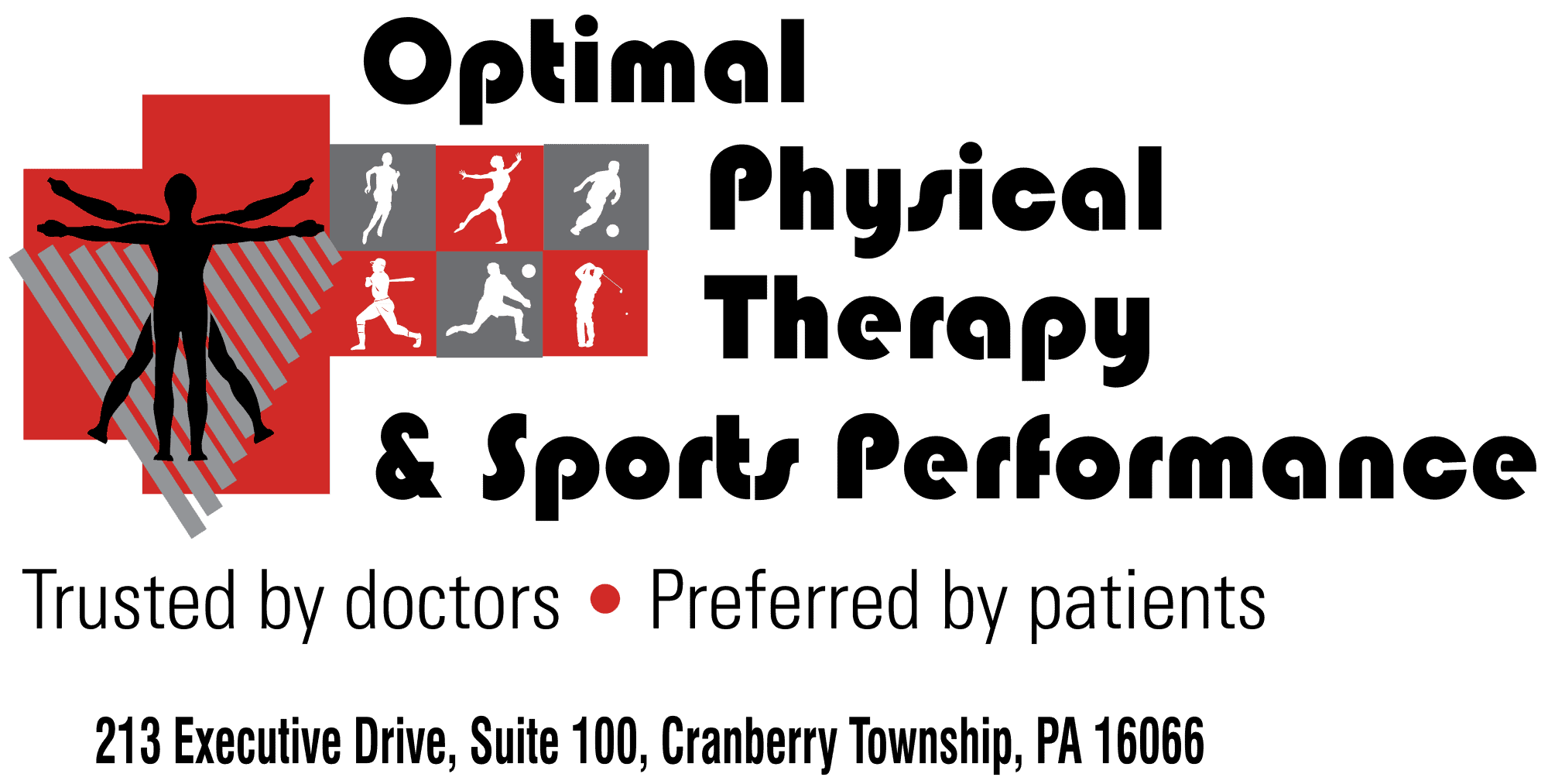Evaluate what you want to do and plan before you do it. Look at the environment. Make sure your path is clear and you can easily move what you want to move from point A to point B
- Size up the load! Get a sense of how heavy something is before you try to lift or lower it to yourself. You may need another person to help if the load is too heavy for you and would potentially hurt you if you tried it yourself.
- Check your footing. Your feet should be apart to give you a broad base of support for better balance and stability. Keep one foot in slightly in front of the other will give you a leverage point in which to pivot or turn while holding the object versus feet equal distance apart.
- Move CLOSE to object you need to move. Instead of reaching from a distance away from the body (which greatly increases stress on the spine), move in and hold object close to your center of gravity (between bellybutton and pelvic area)
- Do not use back muscles. Bend hips and knees and keep back straight.
- Use your “work” muscles (thigh muscles) by straightening your legs. Leg muscles are large and meant for work in contrast to thinner postural muscles of the spine.
- Be SMOOTH and SYNCHRONIZED to avoid strain by jerky movement. If working in group of 2-3, it’s a good idea to agree on timing of a lift such as a count of “1,2,3,lift”.
- TURN instead of twist! Shift position of your feet to turn and shift direction. Do not twist your body while carrying a load.
- Don’t lift if you can pull or push. It is safer and easier.
- Keep loads balanced when moving so you are not being pulled to one side.
- Teach and Preach to others on how to move safely.
Optimal Physical Therapy and Sports Performance is dedicated to educating the public on how to avoid injury. We can also help you if you are injured. Do not live in pain. Call us at 724-779-1300.



